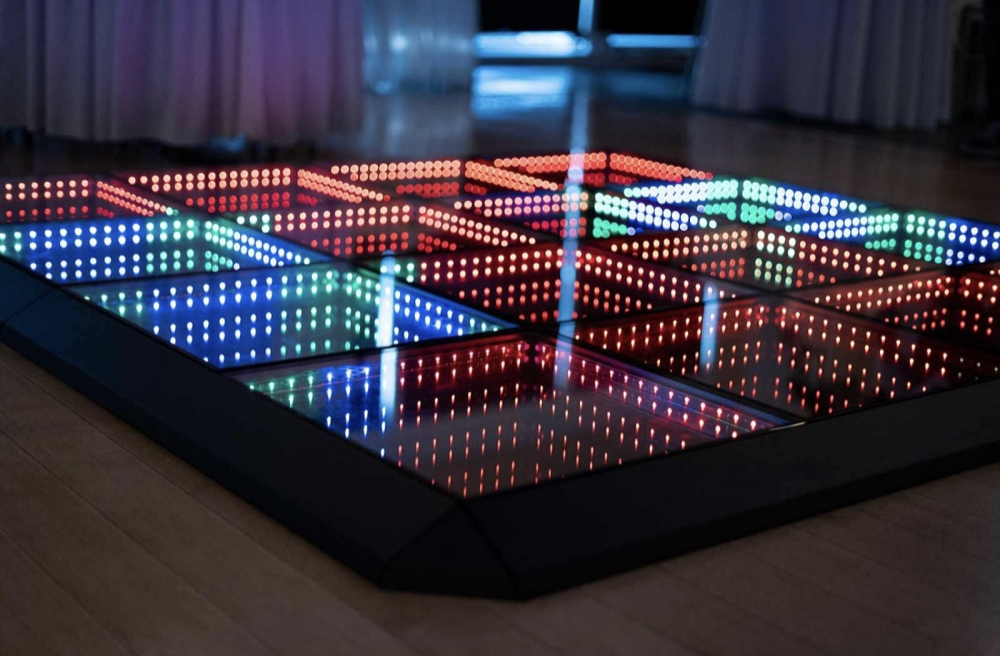Enhancing Creativity Via Color Principles within Light Emitting Diode Dance Platform Layouts
Enhancing Creativity Via Color Principles within Light Emitting Diode Dance Platform Layouts
Blog Article
Color concept represents an important element of aesthetics, especially when it relates to creating light-emitting diode dancing floors. The interaction of hues can significantly affect the mood and vibe of a venue. By grasping how hues function together, creators can craft an environment that improves the overall experience for dancers. This piece examines the fundamentals of hue principles and its application in light-emitting diode dancing floor designs.
The main hues are crimson, azure, and golden. These hues cannot be created by blending other colors combined. Intermediate colors, such as emerald, tangerine, and violet, are formed by combining main hues. Tertiary colors are formed by mixing a primary hue with a intermediate hue. Grasping these fundamental connections helps creators select hues that enhance one another and produce a visually appealing display. Mixing these colors on an LED dance surface can result to vibrant and stimulating effects that attract the attention of participants.
Hue value also plays a crucial role in design. Hues can be classified as hot or chill. Warm colors, such as red, orange, and yellow, often to elicit emotions click resources of excitement and warmth. In opposition, cool hues like azure, emerald, and purple often create a serene and tranquil environment. Designers can use these hue values to establish the ambiance for various types of events. For instance, a celebration environment may benefit from warm colors that energize the audience, while a further calm event might use chill hues to provide a calming effect.
In furthermore to hue pairings and value, brightness and saturation are essential factors to consider. Brightness denotes to how bright or dim a hue appears, while saturation indicates the vividness of Get More Info a color. Bright, intense colors can create a lively and energetic atmosphere, ideal for dance floors. On the contrary hand, gentler, less saturated colors can create a more muted environment. By manipulating luminosity and intensity, designers can attract focus to particular areas of the dance surface or create visual routes, leading dancers through the space.
Finally, it is crucial to consider the psychological impacts of color in LED dancing floor layouts. Different hues can elicit various emotions and reactions. For instance, crimson is frequently associated with zeal and energy, while blue can be soothing and tranquil. Grasping these associations allows creators to tactically apply colors to influence the behavior of participants. Through incorporating hue principles into LED dance surface layouts, creators can enhance the overall encounter, rendering it memorable and enjoyable for all participating.